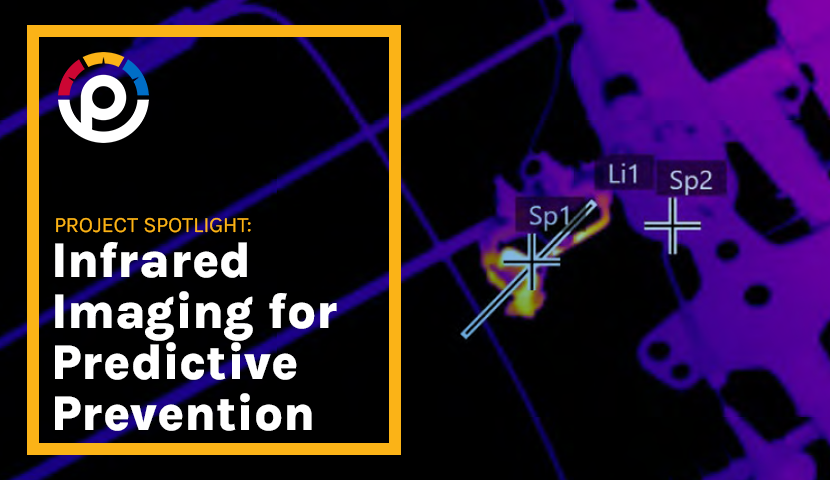What is farm Stray Voltage?
“Farm stray voltage” refers to voltage or current occurring at a location on the farm where livestock make contact with it and which may have a negative effect on livestock. This stray voltage is also known as ‘tingle voltage’. , Animals coming into contact with grounded devices may show a behavioural response if Stray voltage reaches sufficient levels.Reported livestock symptoms for stray voltage include:
· Lowered Milk Production
· Reduced Water of Feed Intake
· Problematic Behaviour
What causes farm Stray Voltage?
Stray voltage can originate from a number of sources both on and off the farm. The electricity distribution system is
the primary off-farm source, but frequently voltage potentials at a given animal contact location are the combined result of two or more contributing factors.
Off-farm sources:
In a properly functioning electrical distribution system,some voltage will always exist between the neutral system
(ground conductors) and the earth. The level of this neutral-to-earth voltage (NEV) can change on a daily or
seasonal basis, depending on changes in electrical loading,environmental conditions and other factors. For safety
reasons, OPUCN’s neutral system is connected to a farm’s grounding system. While this bond protects people and
animals from shocks caused by faulty electrical equipment and lightning strikes, it also results in a stray voltage
equal to a fraction of the NEV appearing on grounded farm equipment, such as feeders, waterers, metal stabling, metal grates and milk pipelines.
On-the farm sources:
Regarding the framer’s own assets, or those of a neighbouring farmer, the main source of stray voltage is
voltage potential rise on the farm electricity distribution neutral conductor(s) and grounding system. This can be the result of a variety of causes, including:
· Unbalanced electrical loads;
· Improperly grounded farm equipment e.g. water or manure pumps);
· Improperly installed electric fences, cow trainers and electrical panels; and
· Electrical equipment faults
In addition, assets owned by third parties – telephone lines; cable TV lines; and metal pipelines – on or near the
farm can be sources contributing to stray voltage appearing on a farm.
What should you do if you suspect Stray voltage problems on your farm?
A solution to a given case where stray voltage is affecting farm operations may involve both the distribution utility
and the farmer. If you think you have a stray voltage problem; call Oshawa PUC Networks Inc.(OPUCN) Ph. No. 905 723 4626, to provide your contact information and farm location. Office hours are Monday to Friday, 8:00 a.m. to 4:00 p.m. Where a livestock farm customer provides information that reasonably indicates that farm stray voltage may be adversely affecting the operation of the livestock farm customer’s farm OPUCN will perform an investigation in accordance with Section 4.7 of the Distribution System Code..
OPUCN’s Farm Stray Voltage Customer Response Procedure:
OPUCN will call you within five business days to set-up an appointment for a visit from OPUCN representative(s) who will perform appropriate tests to help determine if stray voltage is present on your farm.
Phase 1: OPUCN representative (s) will meet the farm owner at the stray voltage problem location to perform pre-test inspections, conduct a site layout and carry out an animal contact test. The Animal Contact Test will identify the
locations, if any, at which farm stray voltage may be present. Information collected in this test shall be used
to determine the locations used for the Farm Stray Voltage Test.
A Farm Stray Voltage test device will be installed within five to ten business days from the first visit. The purpose
of this test is to determine the highest level of farm stray voltage at the location(s) identified in the Animal Contact Test.
Results of the above tests will be recorded and discussed with the customer within five business days after the
completion of the Farm Stray Voltage Test. As per Section 4.7 of the Distribution System Code, if the appropriate
thresholds are not met, the investigation shall be concluded; otherwise Phase 2 and Phase 3 Procedures will be
conducted.
Phase 2 and Phase 3: Phase 2 and Phase 3 Procedures will be conducted as per Section 4.7 of the Distribution System Code.
Final Site Visit: If any corrective measures were undertaken by OPUCN, a OPUCN representative will come to
the location to conduct final testing to determine whether any additional corrective measures are required.
Additional Information:
For additional information on stray voltage problems in livestock, please visit Ontario Ministry of Agriculture Food and Rural Affairs website.













